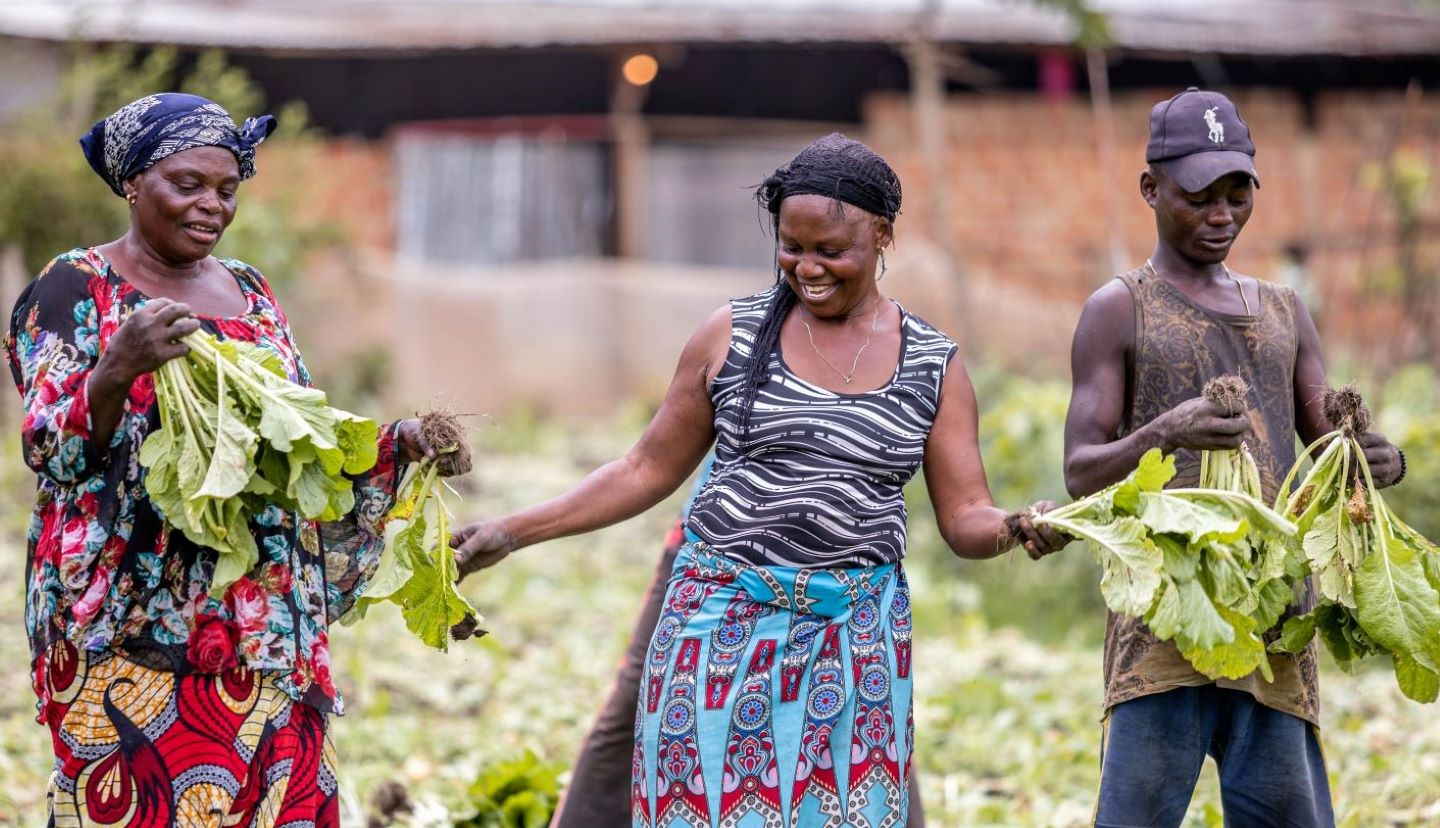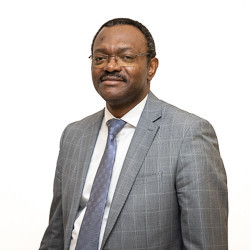Investing in a better future: West and Central Africa
IFAD Asset Request Portlet
Asset Publisher
Investing in a better future: West and Central Africa
Estimated reading time: 4 minutes
With 24 countries, the West and Central Africa (WCA) region is as intricate as it is vast. Its population has quadrupled in the last 50 years, with agriculture providing income for up to 80 per cent of people in some countries.
IFAD has been working in WCA for almost four decades, navigating a patchwork of cultures, languages and lifestyles, so rural communities can lift themselves out of poverty and thrive.
But there is still a lot of work to be done and IFAD is calling for greater investments in those who hold the key to a resilient future: rural people. We sat down with the Regional Director for West and Central Africa, Bernard Mwinyel Hien, to better understand this diverse region.
What are the main challenges in the region?

WCA faces some of the toughest challenges in the world. From the shores of Cabo Verde to the Democratic Republic of Congo, 552 million people are up against a myriad of obstacles in a volatile region where 11 out of 24 countries are considered to be in fragile situations.
Around one in three people in WCA live in extreme poverty. Those most affected are women and young people, who have less access to employment opportunities, land and financial resources.
WCA has one of the world’s youngest populations. Unfortunately, many young rural people suffer from poor working conditions and exploitation. This has led many to leave rural areas, in search of better opportunities in cities or abroad – a huge loss for their communities.
Furthermore, growing food insecurity shows no sign of abating, with over 70 million food insecure people in 2023. This is being exacerbated by conflict, climate change and the degradation of natural resources.
The case for greater investments in agriculture should be self-evident but, unfortunately, increasing funding in rural areas across WCA is still a major challenge.
What difference has IFAD made in the region?

During my 13 years at IFAD, I have seen first-hand the life-changing effects that a new generation of investments is having on rural areas.
In Cameroon, for example, the Youth Agropastoral Entrepreneurship Promotion Programme provided access to agribusiness jobs for over 10,000 young people who, supported by startup incubators, developed their own agribusiness enterprises with training and funding.
Despite the complex nature of the Sahel area, IFAD continuously supports its rural communities. In fact, programmes in countries like Burkina Faso, Chad, Mali and Niger are addressing the root causes of fragility and bolstering agriculture and livestock systems, supporting rural enterprises and contributing to climate resilience through regional programmes like SD3C and IGREENFIN.
IFAD has also strengthened its partnership with farmers’ organizations, giving them the tools to better support their members, while providing better access to markets and participating in value chains. For example, farmer federations in the Democratic Republic of Congo implement the PASA-NK project and provide their members with services, including storage and processing facilities.
What are the region’s untapped opportunities that could be leveraged with more investment?

Our youth is our strength. Despite this, young people across WCA are being marginalised. More investment could provide them with better access to education, professional development and decent employment, with which I am certain they could change the region for the better.
A fast-growing middle class means demand for food in Africa will continue to grow. This demand could be met by local small-scale farmers, as long as they are given the tools and investment to work the region’s array of natural resources and arable land, which in turn would increase their productivity and income.
Increased use of climate-smart practices and green technologies could also boost agricultural productivity sustainably. Since 2019, in WCA, IFAD has attracted more than US$ 340 million in climate funding to build the population’s resilience to climate change and make the most of the region’s potential.
Opportunities for trade are vast but, as yet, largely untapped. Boosting regional agricultural trade can create jobs for women and youth, increase incomes and improve food security and nutrition.
What is your message for decision makers who are deciding on how much to contribute to IFAD?
With seven years left to achieve the Sustainable Development Goals, it is in everyone’s interest to take resolute measures towards safeguarding the future of rural communities all over the world. We must invest boldly, because it is only through sizeable investment that we can truly hope to achieve the top two SDGs: ending poverty and hunger.
Publication date: 26 October 2023